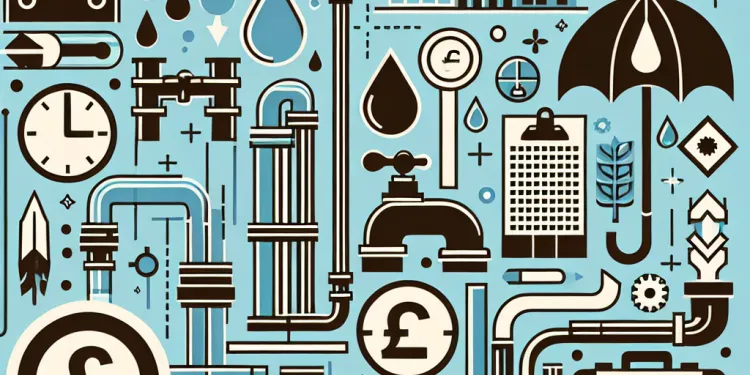
Find Help
More Items From Ergsy search
-
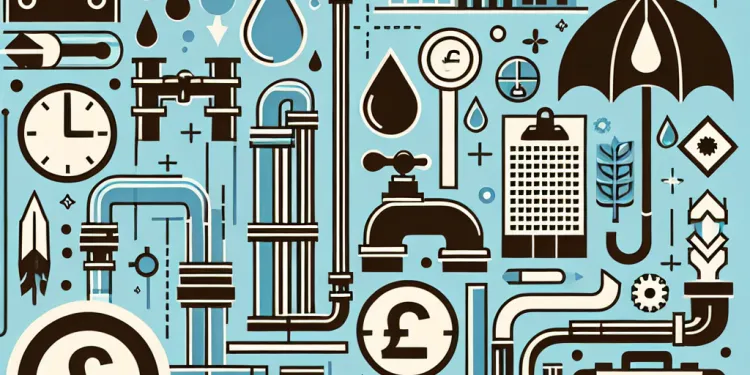
Do water companies have long-term infrastructure plans?
Relevance: 100%
-
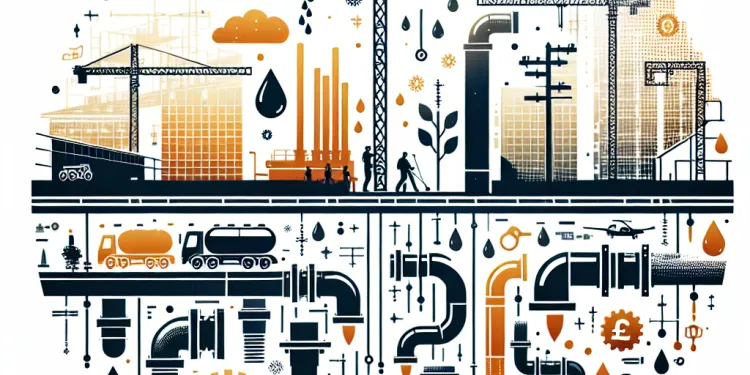
How are infrastructure priorities determined by water companies?
Relevance: 71%
-
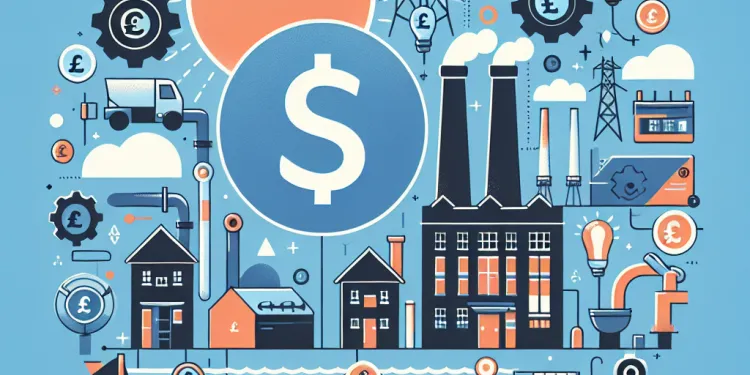
Are water companies responsible for maintaining water infrastructure in the UK?
Relevance: 70%
-
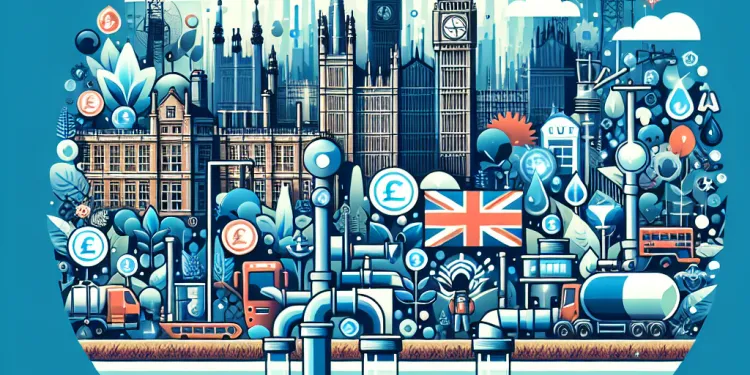
Are water companies responsible to maintain and update infrastructure in the UK?
Relevance: 70%
-
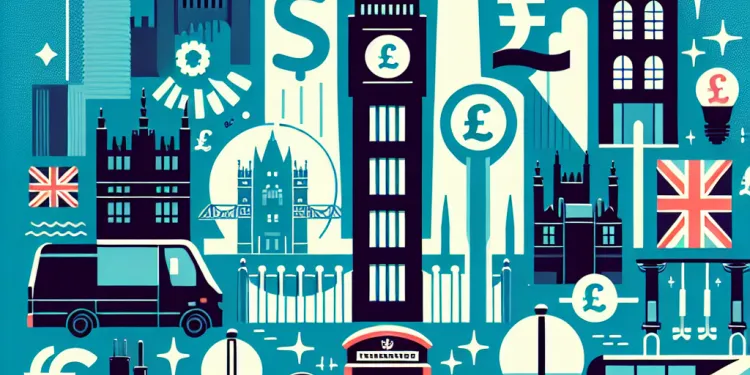
How do water companies fund infrastructure updates?
Relevance: 70%
-
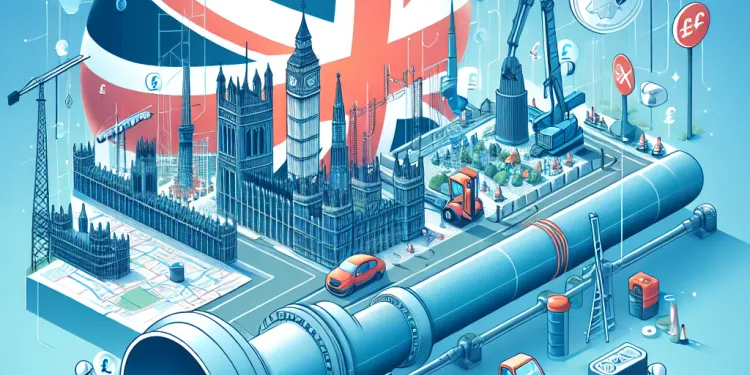
Do water companies have to update the infrastructure?
Relevance: 69%
-
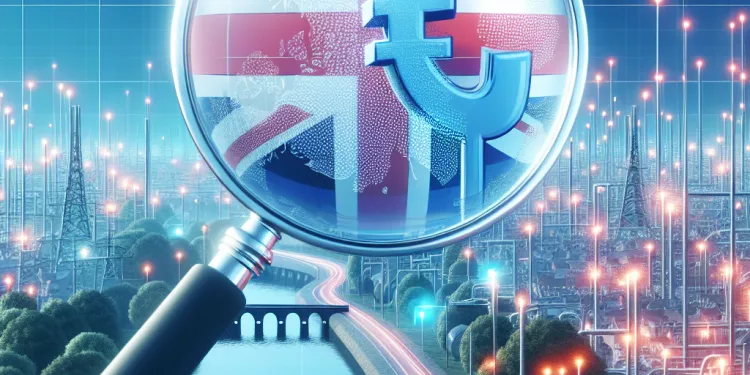
How transparent are water companies regarding infrastructure improvements?
Relevance: 65%
-
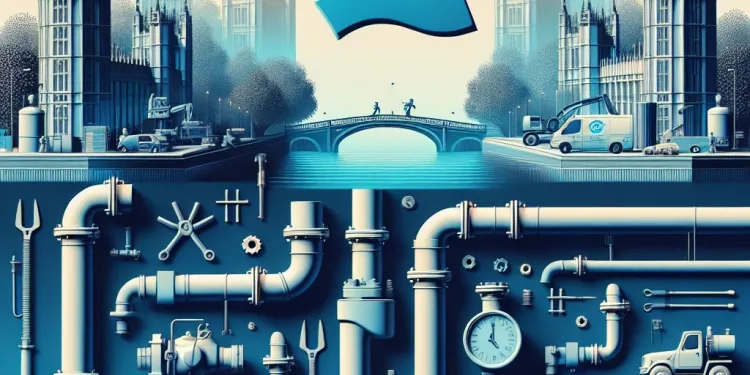
What challenges do water companies face in maintaining infrastructure?
Relevance: 62%
-
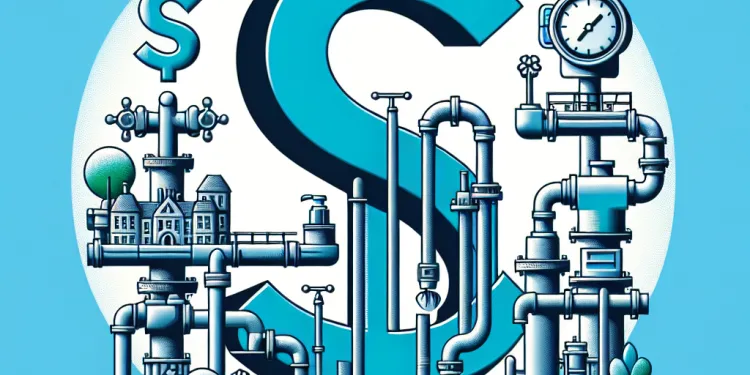
Are there penalties for not maintaining water infrastructure?
Relevance: 57%
-
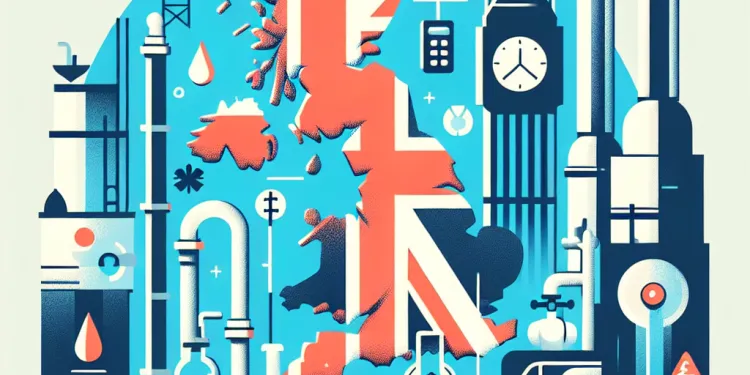
How old is the water infrastructure in the UK?
Relevance: 54%
-
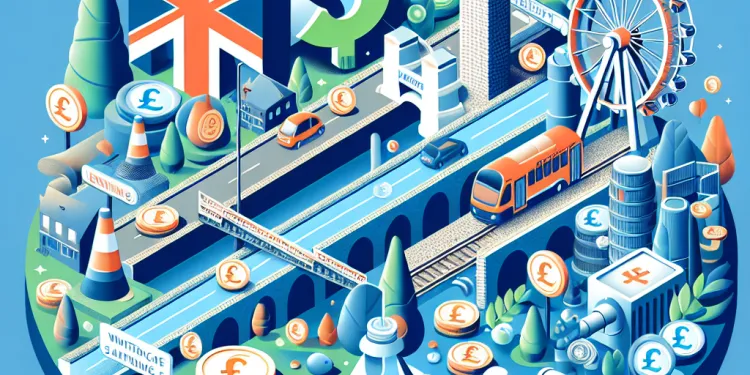
How will refunds affect investments towards improving water infrastructure?
Relevance: 49%
-
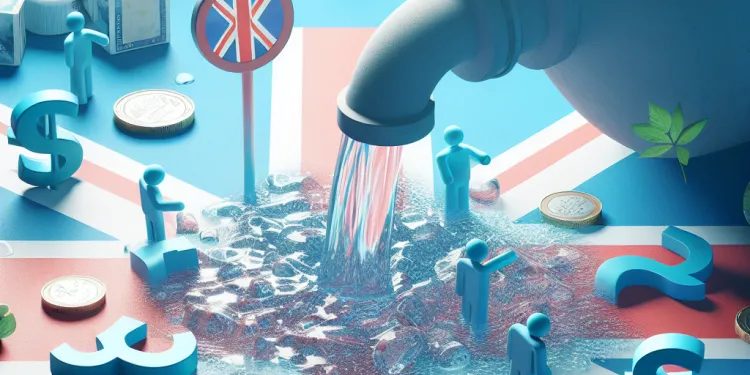
How much water is lost in the UK through poor infrastructure?
Relevance: 49%
-
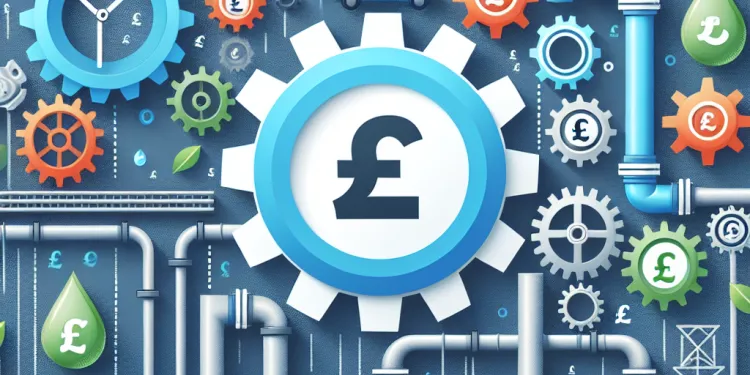
Are there initiatives to improve water efficiency in infrastructure?
Relevance: 48%
-
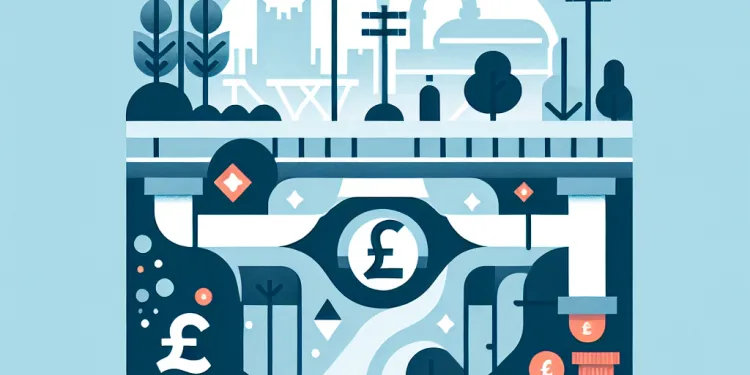
What role do water companies play in sewage pollution?
Relevance: 47%
-

How are water companies held accountable for infrastructure maintenance?
Relevance: 47%
-
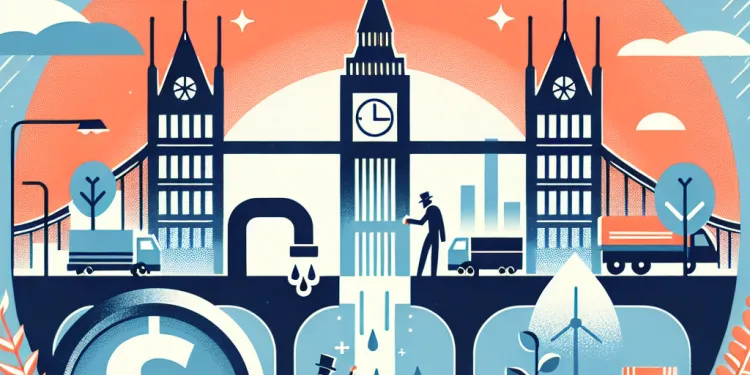
What does water infrastructure maintenance involve?
Relevance: 46%
-
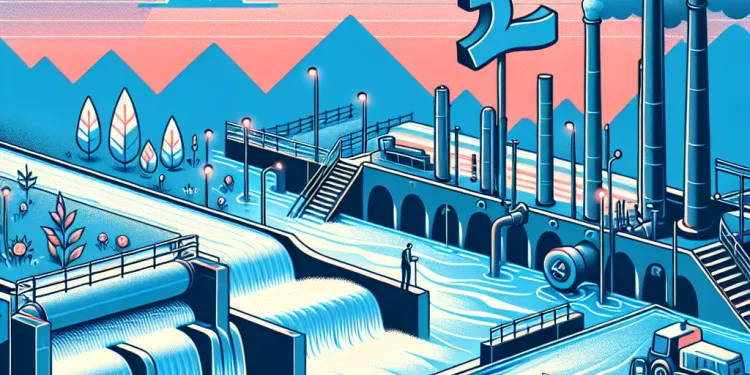
Can customers report issues with water infrastructure?
Relevance: 46%
-
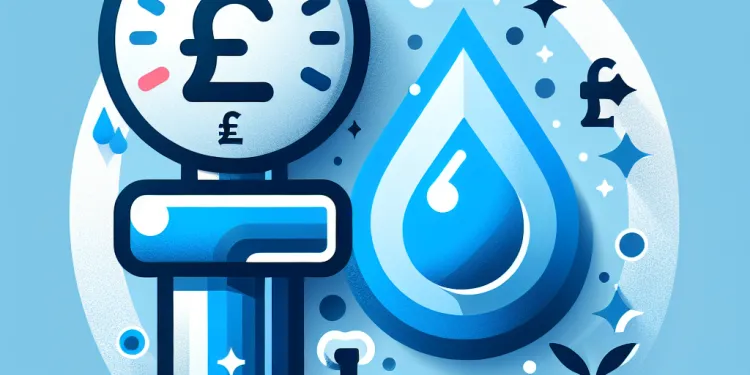
Which UK water companies are going to refund their customers for poor performance?
Relevance: 46%
-

How do water companies detect leaks?
Relevance: 44%
-
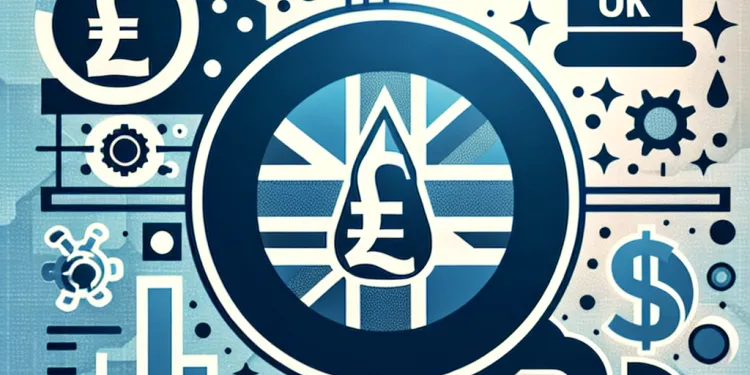
Who regulates the performance and compliance of UK water companies?
Relevance: 44%
-
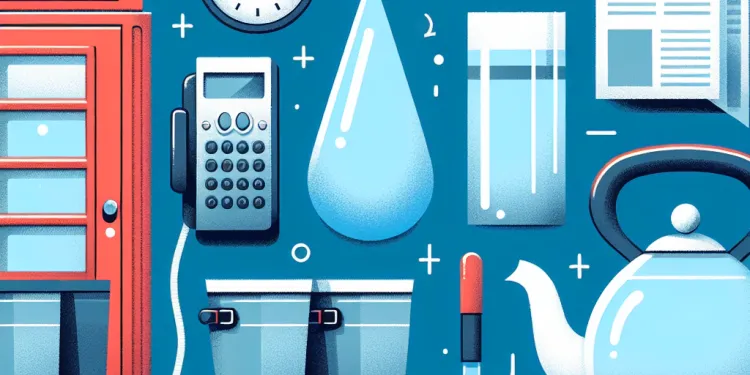
Which UK water companies are going to refund their customers?
Relevance: 43%
-
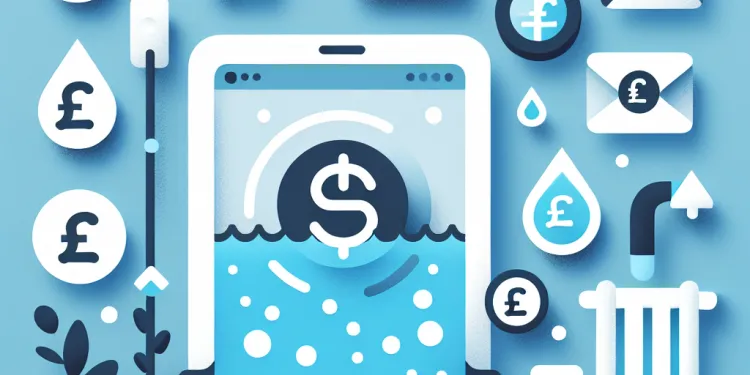
Are there penalties for water companies besides issuing refunds?
Relevance: 43%
-
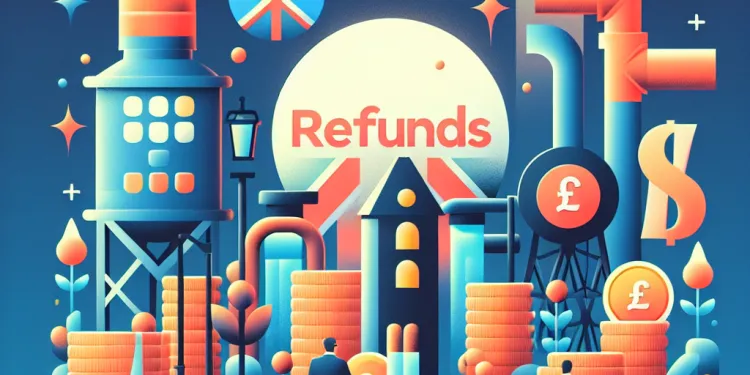
Do these refunds mean water companies have increased their rates fraudulently?
Relevance: 42%
-
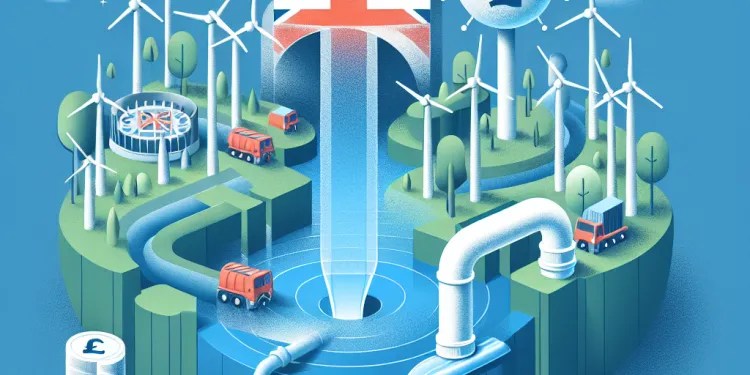
How does climate change affect water infrastructure maintenance?
Relevance: 41%
-
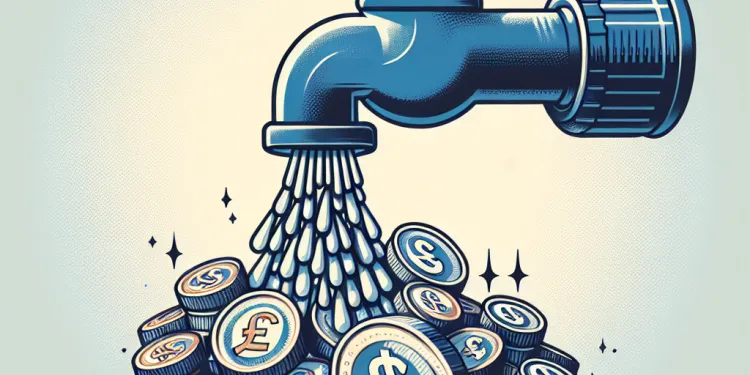
How much is being refunded in total by the UK water companies?
Relevance: 41%
-

When will the refunds be issued by the UK water companies?
Relevance: 40%
-
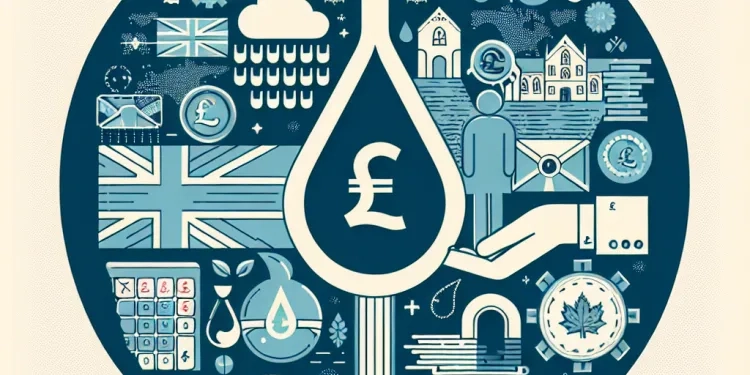
Are there any government initiatives to tackle water loss in the UK?
Relevance: 39%
-
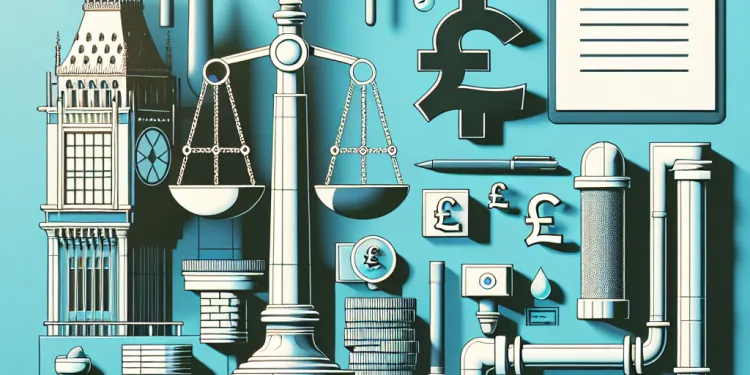
Which body is responsible for enforcing refunds by UK water companies?
Relevance: 39%
-
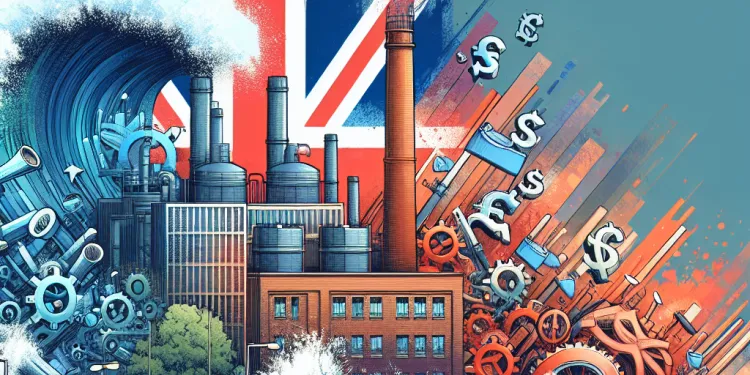
Can water companies enter my property to enforce a hosepipe ban?
Relevance: 39%
-
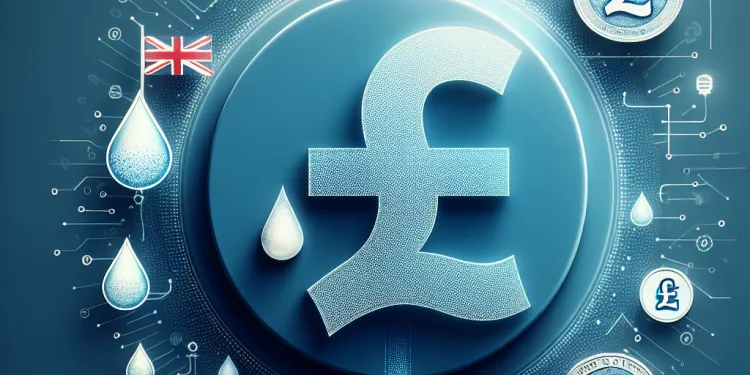
What are the financial implications of water loss for the UK?
Relevance: 39%
-
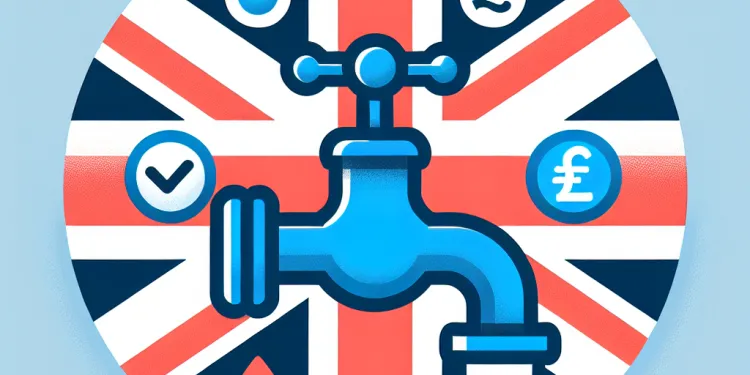
What criteria were used to determine the refunds for UK water companies?
Relevance: 39%
-
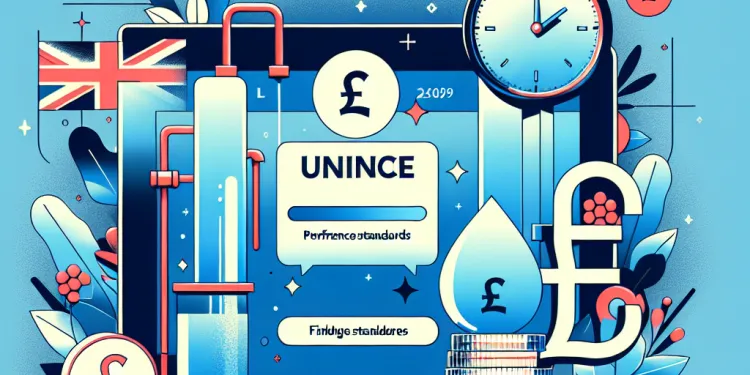
Where can customers find updates on their water company's performance standards?
Relevance: 38%
-
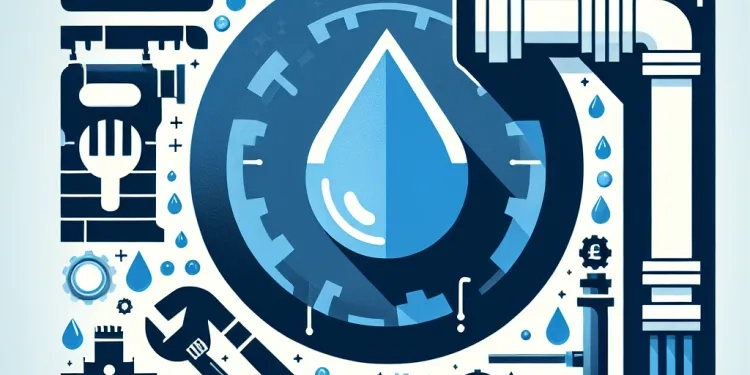
What are common signs of leaks in water infrastructure?
Relevance: 38%
-
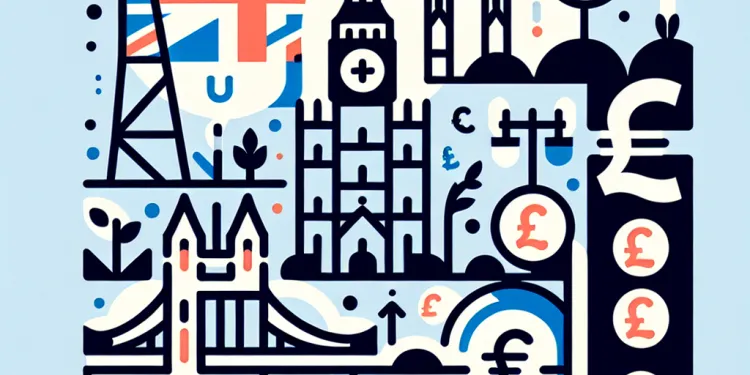
How many UK water companies are involved in the refund process?
Relevance: 37%
-
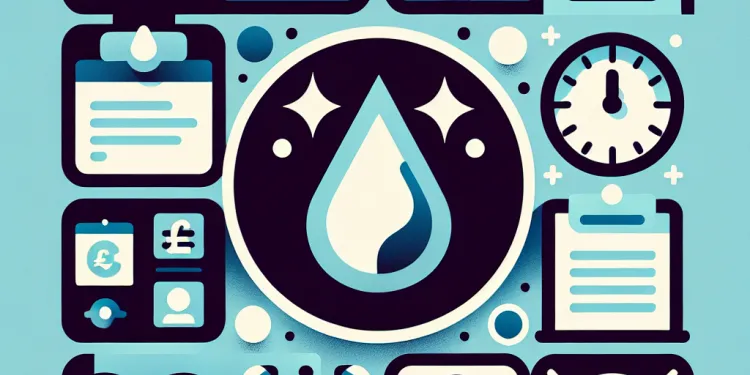
What can I do if the water company doesn’t respond to my claim?
Relevance: 37%
-
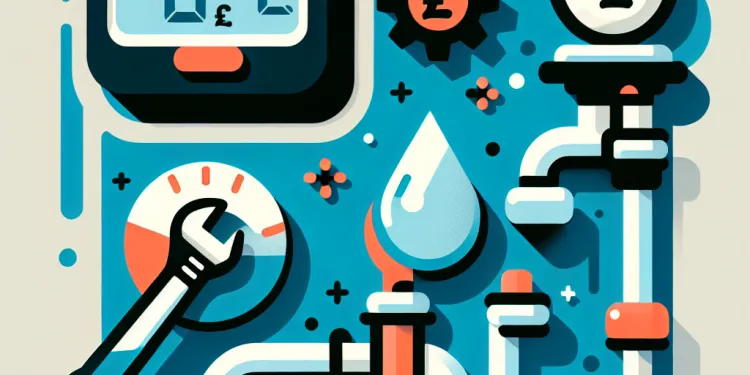
What measures are being taken to address water loss in the UK?
Relevance: 37%
-
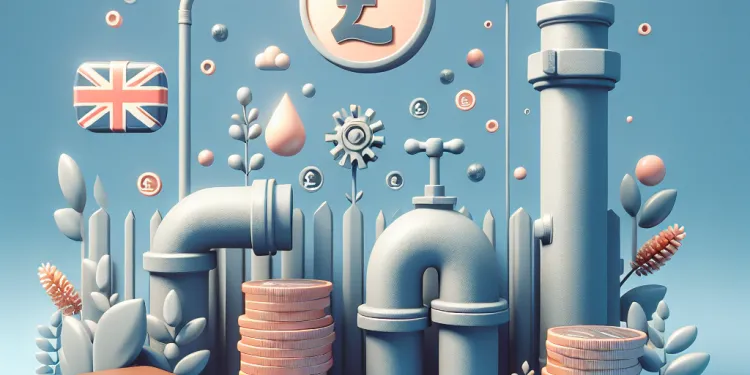
How can I claim money back from my water company?
Relevance: 36%
-
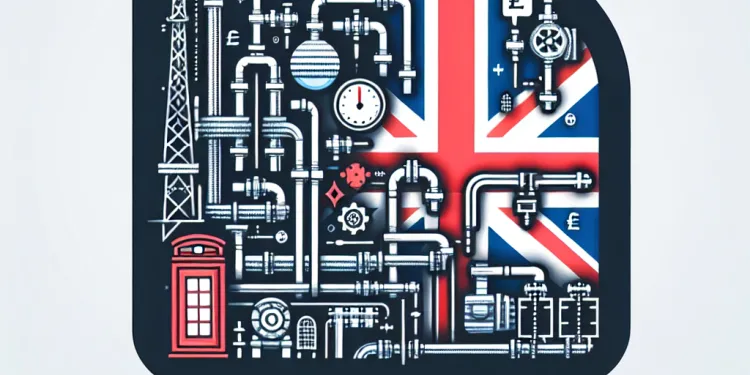
Are customers responsible for any part of the water infrastructure?
Relevance: 36%
-
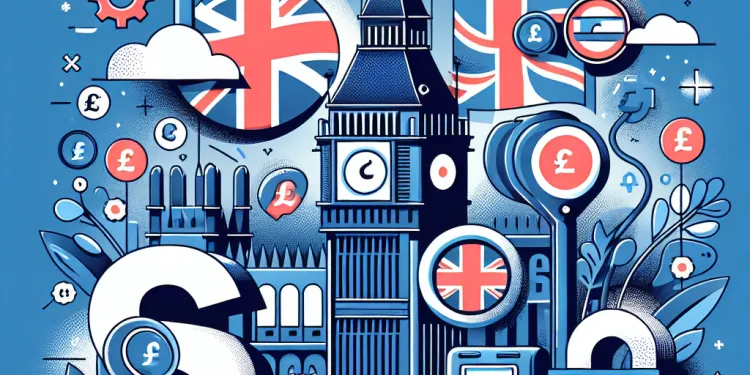
Can customers appeal or discuss the refund amount with their water company?
Relevance: 36%
-

What is the first step to claim money back from my water company?
Relevance: 35%
Introduction
In the United Kingdom, the management of water resources is a critical issue given the increasing demand and the challenges posed by climate change. Water companies play a pivotal role in ensuring the sustainable supply of water, and to achieve this, they develop long-term infrastructure plans. These plans are necessary to address issues such as aging infrastructure, population growth, and environmental concerns.
Regulatory Framework
Water companies in the UK operate under a stringent regulatory framework, primarily overseen by Ofwat, the Water Services Regulation Authority. Ofwat requires water companies to prepare and implement five-yearly Asset Management Plans (AMPs). These plans encourage companies to invest in infrastructure improvements and are funded through consumer water bills. The AMPs outline the specific projects and investments planned over the coming years, aligned with objectives for water quality, supply reliability, and environmental protection.
Key Components of Long-term Plans
Long-term infrastructure plans by water companies typically include several key components. Firstly, they focus on upgrading aging infrastructure to prevent leaks and ensure efficient water delivery. This includes replacing old pipes and updating treatment facilities. Another crucial component is investment in new technologies for water recycling and efficient usage to meet growing demands. Furthermore, these plans consider the impacts of climate change, such as increased rainfall or droughts. As a result, investments in flood defenses and storage facilities are often prioritized.
Sustainability and Environmental Impact
Sustainability is a central theme in the long-term planning of water companies. They are increasingly investing in renewable energy sources to power facilities, thereby reducing carbon footprints. Additionally, there is a greater emphasis on minimizing environmental impacts through improved wastewater treatment processes. These efforts are essential not only for compliance with environmental regulations but also to preserve natural ecosystems.
Challenges and Considerations
Despite comprehensive planning, water companies face several challenges. One significant challenge is financing the necessary infrastructure updates and expansions. Balancing cost efficiency with the need for sustainable practices can be difficult. Furthermore, gaining public and stakeholder support for projects, especially those that require increased water bills, is another hurdle. Lastly, the unpredictability of climate impacts adds an element of uncertainty to long-term planning, requiring adaptive strategies that can be modified as conditions change.
Conclusion
Water companies in the UK do have long-term infrastructure plans, designed to ensure the stability and sustainability of the water supply. These plans are detailed and regulated by authorities like Ofwat, reflecting the critical importance of reliable water services. While challenges remain, ongoing investments and innovations in infrastructure reflect a commitment to meet future demand and tackle environmental concerns effectively.
Introduction
In the United Kingdom, taking care of water is very important. More people are using water, and the weather is changing. Water companies help make sure we have enough clean water. They make plans for the future to fix old pipes, help with the needs of more people, and take care of the environment.
Rules and Regulations
Water companies in the UK have to follow strict rules. Ofwat, a group that checks on them, makes sure they do a good job. Water companies have to make plans every five years called Asset Management Plans (AMPs). These plans show how they will fix and improve things. The money for these projects comes from the people who pay water bills. The plans help make sure water is clean and always available.
Main Parts of the Plans
Water companies make big plans for the future. Here are some things they focus on. First, they fix old pipes and water systems so they don't leak. They also try new ways to recycle and save water. This helps when more people need water. The plans also think about weather changes, like too much rain or not enough. So, they build things to stop floods and save extra water.
Caring for the Environment
Water companies want to be good for the environment. They use renewable energy like wind or solar for power. This helps keep the air clean. They also clean dirty water better to protect nature and meet rules. This way, animals and plants stay safe.
Problems and Things to Think About
Even with good plans, water companies have problems. A big problem is paying for all the work they need to do. It's hard to keep costs low while being friendly to the planet. Getting people to agree to pay more for water can be tough. Also, because the weather can change a lot, making sure plans are flexible is important. They need to be ready to change plans when needed.
Conclusion
Water companies in the UK have detailed plans to keep water clean and available. Groups like Ofwat make sure these plans are good. Even though there are challenges, water companies are working hard with new ideas and projects. They want to make sure everyone has water and protect the environment too.
Frequently Asked Questions
What are long-term infrastructure plans in the context of water companies?
Long-term infrastructure plans for water companies are strategic frameworks outlining projects and investments to maintain, improve, and expand the water supply and wastewater services over an extended period, often spanning decades.
Why are long-term infrastructure plans important for water companies?
These plans ensure sustainable water supply, compliance with regulations, adaptation to population growth, climate change resilience, and the maintenance of aging infrastructure, ensuring reliable service for the future.
How far into the future do typical water company infrastructure plans project?
Typically, water company infrastructure plans project 20 to 50 years into the future to accommodate for long-term demand and environmental changes.
What elements are typically included in a water company's long-term infrastructure plan?
Plans might include assessments of current infrastructure, projections of future demand, proposed new projects, maintenance schedules, regulatory compliance strategies, and funding approaches.
Do water companies consult with other entities when developing these plans?
Yes, water companies often collaborate with government agencies, local communities, regulators, and environmental groups to ensure comprehensive and sustainable planning.
How do water companies finance their long-term infrastructure plans?
Funding often comes from a mix of customer rates, government grants, loans, and sometimes private investments or partnerships.
What challenges do water companies face when implementing long-term infrastructure plans?
Challenges include securing sufficient funding, regulatory hurdles, public opposition, technological changes, and unanticipated environmental impacts.
How do climate change considerations impact water companies' infrastructure plans?
Climate change impacts plans by necessitating enhanced resiliency measures, such as flood defenses, drought management, and sustainable water sourcing and conservation strategies.
Are there regulatory requirements governing water companies' long-term planning?
Yes, many regions have regulatory bodies that require water companies to submit and update long-term infrastructure plans to ensure compliance with public safety and environmental standards.
How often are long-term infrastructure plans revised or updated?
These plans are typically revisited every 5 to 10 years to adjust for new data, changing regulations, and evolving environmental and demographic trends.
What role does technology play in long-term infrastructure planning for water companies?
Advancements in technology enable better data collection, predictive analytics, improved resource management, and more efficient maintenance and operations.
Do water infrastructure plans address emergency situations?
Yes, comprehensive plans include contingencies for emergencies like natural disasters, system failures, or acts of sabotage to ensure continuity of service.
How do demographic trends influence long-term planning for water companies?
Population growth and urbanization trends are major factors, affecting demand forecasts and the scale of infrastructure needed to meet future needs.
Can consumers provide input on water companies' infrastructure plans?
Yes, many water companies seek public input through consultations, surveys, and public meetings to ensure plans align with community expectations and needs.
What is the impact of aging infrastructure on water companies' long-term plans?
Aging infrastructure requires significant investment in repair and replacement to prevent service disruptions and water loss, forming a critical component of long-term plans.
How does sustainability factor into long-term infrastructure planning for water companies?
Sustainability is central, with initiatives focused on reducing environmental impact, maximizing resource efficiency, and ensuring the long-term availability of clean water.
Do long-term plans include measures for improving water quality?
Yes, improving water quality is a priority, involving investment in treatment technologies, pollution control, and monitoring systems to meet health standards.
How do water companies address water scarcity in their long-term plans?
Plans often include strategies like desalination, improved water recycling, demand management, and infrastructure upgrades to secure alternative sources and minimize waste.
What is the role of innovation in the infrastructure plans of water companies?
Innovation drives efficiency and effectiveness, bringing new solutions to supply, treatment, conservation, and customer service challenges in infrastructure planning.
Are there global standards for long-term water infrastructure planning?
While there are no universal standards, many water companies follow international best practices and guidelines set by industry organizations and multinational bodies.
What are long-term plans for water companies?
Water companies make plans for the future. These plans help them know what to do with pipes, pumps, and other important things.
The plans are called "long-term" because they think about many years ahead, not just today or tomorrow.
If you find reading hard, using drawings or talking about the plans with someone else can help.
Long-term plans for water companies are big plans for the future. These plans show how they will take care of water pipes and clean water. The plans go on for many years, sometimes for a very long time.
Why do water companies need long-term plans?
Water companies need plans to make sure people always have clean water. Planning helps to fix pipes and keep rivers clean.
Having a plan means they know what to do now and in the future to help people. Plans help to save money and water.
If you find reading hard, you can ask someone to explain the words. You can also use tools like a dictionary to help understand the meaning of words.
These plans help us have enough water. They follow rules and can change as more people live in an area. They also help us deal with changes in weather and fix old pipes and systems. This means we can always have water in the future.
How Long Do Water Company Plans Go Into the Future?
Water companies make plans for the future. How many years ahead do they usually plan? Here are some tips and tools to help understand:
- Break the question into small parts. This can make it easier to understand.
- Use a dictionary to look up words that are hard to understand.
- Ask someone to read with you and talk about it together.
Water companies make plans for the future. These plans think about what things will be like in 20 to 50 years. They want to make sure we have enough water and that the environment is okay.
What does a water company's plan for the future usually have?
A water company makes a plan to show what it wants to do in the future.
Here are some things you might find in the plan:
- Plans to fix or build pipes and pumps.
- Ways to keep water clean and safe.
- Ideas to save water and stop leaks.
- Ways to help the environment.
Using pictures or charts can help understand the plan better.
Plans tell us how we will take care of things now and in the future.
They show us what we have now and what we will need later.
Plans might say what new things we want to build.
They tell us when we need to fix or look after things we already have.
Plans help us follow the rules and make sure we have enough money.
If reading is hard, you can use audiobooks or read with a friend.
Do water companies talk to others when making these plans?
Yes, water companies work with the government, local communities, rule-makers, and nature-helping groups. They plan together to take care of water in a good and lasting way.
How do water companies pay for their long-term building projects?
Water companies need money to build and fix things like pipes and water plants. They can get this money in different ways:
- Charging Customers: They can charge people who use the water.
- Loans: They can borrow money from banks and pay it back over time.
- Investors: They can get money from people who want to invest in the company.
To understand this better, some tools can help:
- Pictures: Look at pictures or diagrams that show how water systems work.
- Videos: Watch videos that explain how water companies build and fix things.
- Ask Questions: Ask someone to explain if you're unsure about something.
Money for funding comes from different places. Some money comes from what customers pay. Some money comes from the government, like grants and loans. Sometimes, private companies or people give money, too. They can work together like partners.
What problems do water companies have when making big plans for the future?
Water companies have to think a lot to plan for a long time. Here are some problems they might have:
- Money: It costs a lot to make new pipes and fix old ones.
- Time: Big projects take a long time to finish.
- Weather: Storms and dry weather can change plans.
- Rules: Water companies have to follow many rules.
- Technology: Using new machines and tools can be hard.
To help, water companies can use simple plans, ask experts, and check their work often. Keeping track of time and money can also help them stay on track.
There are a few big problems:
1. Getting enough money to pay for things.
2. Following the rules and laws.
3. Some people might not like or agree with it.
4. Technology keeps changing.
5. Sometimes things happen to the environment that we didn't expect.
If you're having trouble reading, try using apps that read text aloud or highlight words while reading.
How does climate change affect water company's plans for buildings and pipes?
Climate change makes us plan differently. We need to be ready for problems like floods and droughts. This means building strong flood walls, saving water, and finding new ways to get water.
Do water companies have rules for planning for the future?
Water companies must follow certain rules. These rules help them make plans for the future. These plans make sure there's enough water for everyone. Using pictures or videos can help understand these rules better.
Yes, in many places, there are groups that check if water companies are doing a good job. These groups make sure the water companies have plans to keep water clean and safe for everyone. They also help protect the environment.
How often do we change big building plans?
We change big building plans from time to time. This can be every few years.
Helpful tools:
- Use pictures to show changes.
- Break information into small steps.
- Use simple words and short sentences.
We look at these plans every 5 to 10 years. This helps us make changes for new rules, new information, and changes in the environment and the number of people living in the area.
How do water companies use technology to plan for the future?
Water companies need to plan how they will get and give out water for many years. This is called planning for the future.
Technology helps water companies in different ways:
- Computers can help find out how much water people will need.
- Apps and gadgets can show where there might be leaks or problems.
- Tools like maps can help figure out where new pipes should go.
Here are some tools that can help you understand more:
- Use videos that explain how water gets to homes.
- Look at pictures or diagrams to see how pipes work.
- Ask someone to explain big words that are hard to understand.
New technology helps us collect information better. It can also help us predict what might happen next. This makes it easier to use resources wisely and keep things running smoothly.
Do water plans help in emergencies?
Yes, big plans have backup ideas for emergencies. These emergencies can be storms, broken systems, or bad actions. These plans help keep services working.
How do changes in the number of people affect water company plans?
The number of people in the world is growing. More people are moving to cities. This means we need to plan for what people will need in the future.
Can people say what they think about water companies' building plans?
Yes, people can share their thoughts on water companies' plans. Here’s how:
- Meetings: Go to meetings where companies talk about their plans.
- Surveys: Fill out surveys to give your opinion.
- Online: Use company websites to share your thoughts.
Try using tools that read text aloud or highlight important words to help understand better.
Yes, many water companies ask people for their ideas. They do this by having surveys, meetings, and asking questions. This helps them make sure their plans are good for everyone.
How does old water equipment affect water companies' future plans?
Old pipes and roads need a lot of money to fix or change. If we don’t, we might have problems like water leaks or broken roads. Fixing these is very important for the future.
How do water companies plan for the future using sustainability?
Water companies have to think about the future. They need to make sure there is enough clean water for everyone. To do this, they use something called 'sustainability'.
Sustainability means using things in a way that does not run out. It means looking after the environment and using resources wisely.
There are tools that help with planning, like maps and computers. These tools help water companies see how much water they have and how much they will need.
One technique is to fix leaks quickly. This saves water. Another technique is to use water from rain. This way, we do not take too much from rivers and lakes.
Being sustainable helps water companies make sure we have enough water now and in the future.
It's really important to take care of our planet. We are working on projects to help. These projects aim to:
- Make less pollution.
- Use things like water and energy wisely so we don’t waste them.
- Make sure we will always have clean water in the future.
If you have trouble reading, it might help to:
- Break the text into smaller parts.
- Use a ruler or your finger to keep your place when reading.
- Ask someone to read it with you and talk about what it means.
Do long-term plans include steps to make water cleaner?
- Water is what we drink and use every day. It is important that it is clean. - Are there plans to make sure our water stays clean for a long time? - If you need help reading or understanding, you can: - Use a dictionary to look up words. - Ask someone to read it with you. - Use a reading app or tool that reads out loud.Yes, making water better is very important. We need to put money into special tools and machines to clean the water. We must also work to stop pollution and watch the water carefully to make sure it is safe to drink.
How do water companies plan for not enough water?
Sometimes, there is not enough water for everyone. This is called water scarcity. Water companies need to think about this for a long time. Here are some ways they can help:
- Save Water: They teach people how to use less water.
- Fix Leaks: They fix pipes that leak water.
- Collect Rain: They save rainwater to use later.
- Make New Plans: They look for new ways to get water, like building new places to store it.
Tools that can help you understand more:
- Easy Charts: Pictures and charts can help show ideas.
- Apps: Use apps that explain things in a simple way.
- Talk: Ask someone to explain if you are not sure.
Plans to save water can include things like:
- Turning salty water into drinking water.
- Cleaning used water so we can use it again.
- Finding ways to use less water.
- Fixing old pipes and systems so we don't waste water.
These ideas help us get more water and use it smartly.
Tools that might help:
- Pictures or drawings to show ideas.
- Simple charts to explain how things work.
- Easy-to-read apps or websites.
How do water companies use new ideas in their plans?
Innovation means finding new ideas and ways to do things better. It helps make work fast and easy.
Innovation helps us find new ways to give people what they need, like water and electricity. It also helps us take care of our planet and keep it clean.
Innovation also helps us think of better ways to help customers when they have a problem.
Using tools like videos and pictures can help you understand new ideas better. Ask someone to explain if something is hard to understand.
Do countries have rules for making long-term water plans?
Some tools that can help you understand better:
- Pictures: Look at pictures that show water pipes and pumps.
- Simple Guides: Use books or videos made for kids to learn about water plans.
- Helpers: Ask a teacher or someone you trust to explain.
- Computer Programs: Use apps that make learning fun and easy.
There are no worldwide rules for this. But, many water companies use good ideas from other countries and important groups to make their rules.
Useful Links
- Ergsy carfully checks the information in the videos we provide here.
- Videos shown by Youtube after a video has completed, have NOT been reviewed by ERGSY.
- To view, click the arrow in centre of video.
- Most of the videos you find here will have subtitles and/or closed captions available.
- You may need to turn these on, and choose your preferred language.
- Go to the video you'd like to watch.
- If closed captions (CC) are available, settings will be visible on the bottom right of the video player.
- To turn on Captions, click settings .
- To turn off Captions, click settings again.
More Items From Ergsy search
-

Do water companies have long-term infrastructure plans?
Relevance: 100%
-

How are infrastructure priorities determined by water companies?
Relevance: 71%
-

Are water companies responsible for maintaining water infrastructure in the UK?
Relevance: 70%
-

Are water companies responsible to maintain and update infrastructure in the UK?
Relevance: 70%
-

How do water companies fund infrastructure updates?
Relevance: 70%
-

Do water companies have to update the infrastructure?
Relevance: 69%
-

How transparent are water companies regarding infrastructure improvements?
Relevance: 65%
-

What challenges do water companies face in maintaining infrastructure?
Relevance: 62%
-

Are there penalties for not maintaining water infrastructure?
Relevance: 57%
-

How old is the water infrastructure in the UK?
Relevance: 54%
-

How will refunds affect investments towards improving water infrastructure?
Relevance: 49%
-

How much water is lost in the UK through poor infrastructure?
Relevance: 49%
-

Are there initiatives to improve water efficiency in infrastructure?
Relevance: 48%
-

What role do water companies play in sewage pollution?
Relevance: 47%
-

How are water companies held accountable for infrastructure maintenance?
Relevance: 47%
-

What does water infrastructure maintenance involve?
Relevance: 46%
-

Can customers report issues with water infrastructure?
Relevance: 46%
-

Which UK water companies are going to refund their customers for poor performance?
Relevance: 46%
-

How do water companies detect leaks?
Relevance: 44%
-

Who regulates the performance and compliance of UK water companies?
Relevance: 44%
-

Which UK water companies are going to refund their customers?
Relevance: 43%
-

Are there penalties for water companies besides issuing refunds?
Relevance: 43%
-

Do these refunds mean water companies have increased their rates fraudulently?
Relevance: 42%
-

How does climate change affect water infrastructure maintenance?
Relevance: 41%
-

How much is being refunded in total by the UK water companies?
Relevance: 41%
-

When will the refunds be issued by the UK water companies?
Relevance: 40%
-

Are there any government initiatives to tackle water loss in the UK?
Relevance: 39%
-

Which body is responsible for enforcing refunds by UK water companies?
Relevance: 39%
-

Can water companies enter my property to enforce a hosepipe ban?
Relevance: 39%
-

What are the financial implications of water loss for the UK?
Relevance: 39%
-

What criteria were used to determine the refunds for UK water companies?
Relevance: 39%
-

Where can customers find updates on their water company's performance standards?
Relevance: 38%
-

What are common signs of leaks in water infrastructure?
Relevance: 38%
-

How many UK water companies are involved in the refund process?
Relevance: 37%
-

What can I do if the water company doesn’t respond to my claim?
Relevance: 37%
-

What measures are being taken to address water loss in the UK?
Relevance: 37%
-

How can I claim money back from my water company?
Relevance: 36%
-

Are customers responsible for any part of the water infrastructure?
Relevance: 36%
-

Can customers appeal or discuss the refund amount with their water company?
Relevance: 36%
-

What is the first step to claim money back from my water company?
Relevance: 35%